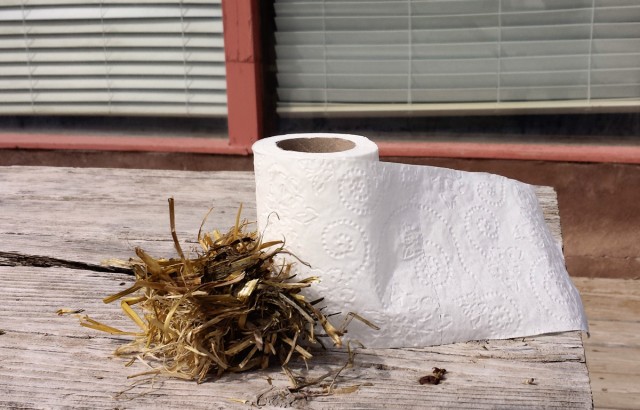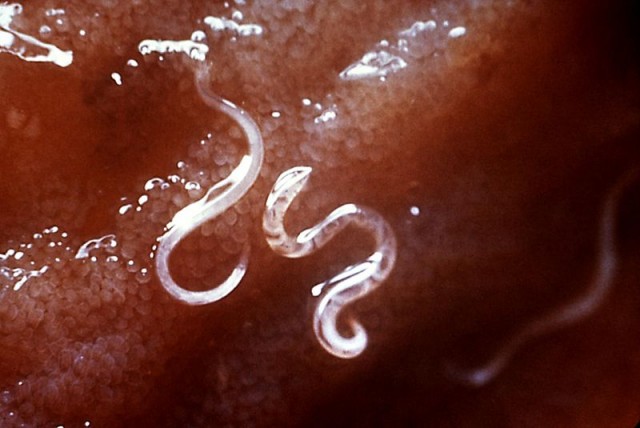- Home
- >
- Preservation Archaeology Blog
- >
- Of Poop, Toilet Paper, and Worms…

I visited Scott Michlin at KSJE for my regular monthly show last month. You can listen to our conversation here.
The agenda this time—ancient poop! Quite literally, we discussed the importance of ancient feces—coprolites, as they are known—for archaeological studies.
We discussed a recent analysis of ancient excrement from the Paisley Caves, Oregon, which revealed the oldest directly dated human DNA remains in the New World. The study by Dr. Jenkins and a huge team of collaborators confirms the pre-Clovis origin of the DNA, dated at 12,450 radiocarbon years ago. Furthermore, the study revealed the close association of a non-Clovis style stone tool technology, indicating a different origin for the human groups involved. This suggests a more complicated scenario for the peopling of the New World, with at least two groups in founding populations.
Drawing on a much more recent example, I discussed work on coprolites at Salmon Ruins, completed by Karl Reinhard. This research revealed a great detail about diet at the ancient pueblo, confirming a heavy emphasis on corn, beans, and squash, as well as a variety of hunted game animals and natural plant foods.

Another very interesting finding relates to ancient “toilet paper.” In Room 62 at Salmon Pueblo, many clumps of juniper bark were recovered in close proximity to human coprolites during excavations. This clearly suggests that people used the bark as toilet paper, a finding supported by ethnographic studies showing similar use of soft plant materials.
Yet another finding—this one more shocking—revealed the presence of corn cobs and juniper bark in human feces. This shows that food stress occurred at Salmon, with normally unpalatable items sometimes consumed just to fill a hungry belly.
Another study by Karl Reinhard revealed that five different types of intestinal parasites afflicted the residents of Salmon Pueblo, including several worm or helminth species. Coprolite analysis showed the presence of these dangerous microscopic creatures. All was not bad for the ancient folks at Salmon, however. Research showed a much lower rate of infection at Salmon, compared to the more restricted sites found in cave settings at Canyon de Chelly National Park.

Explore the News
-
Join Today
Keep up with the latest discoveries in southwestern archaeology. Join today, and receive Archaeology Southwest Magazine, among other member benefits.
One thought on “Of Poop, Toilet Paper, and Worms…”
Comments are closed.